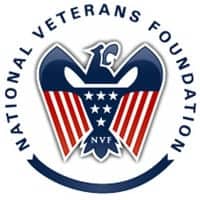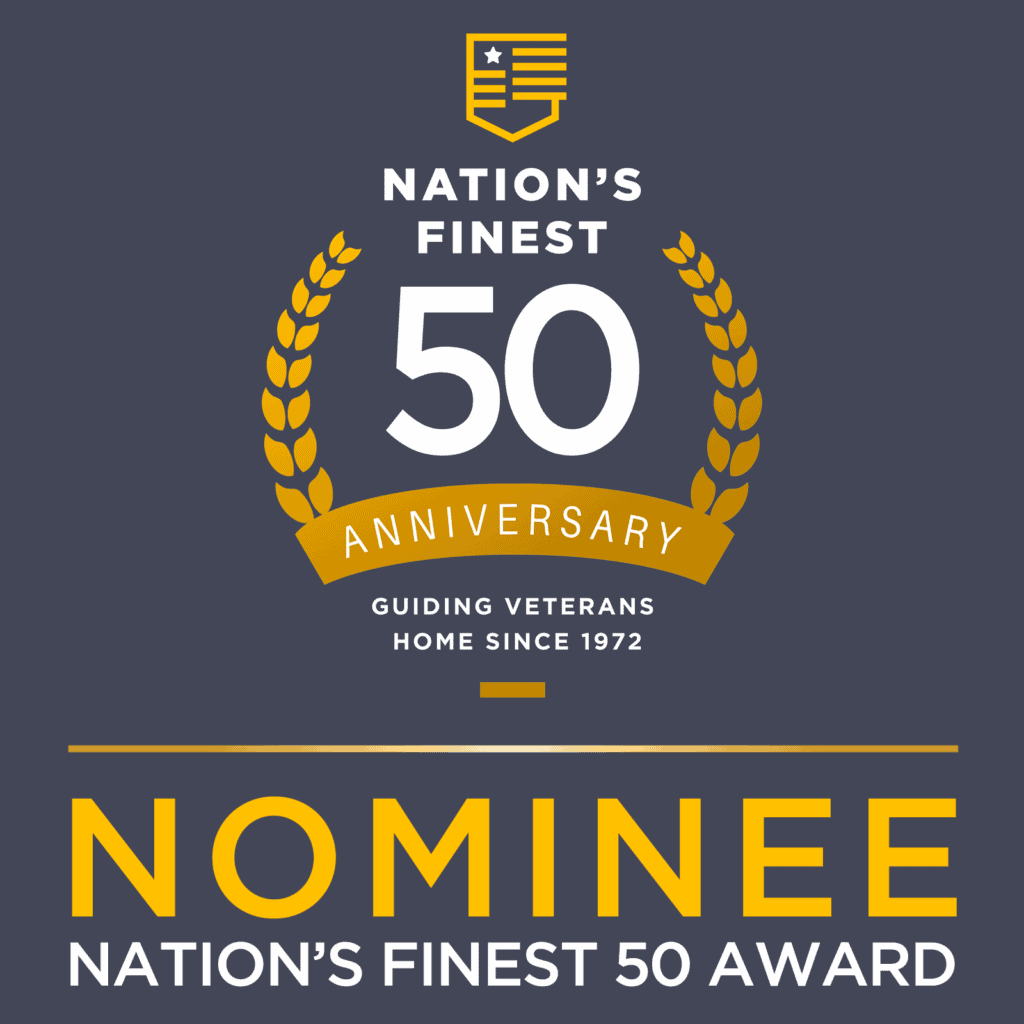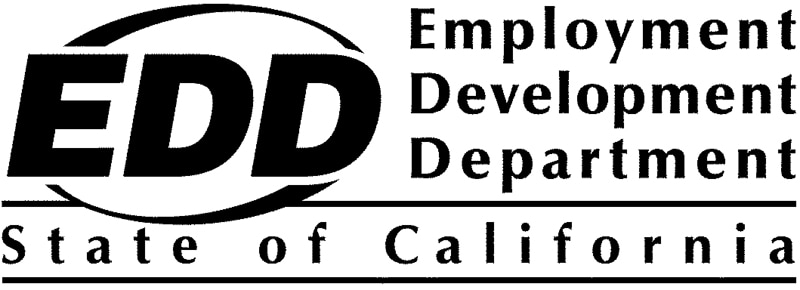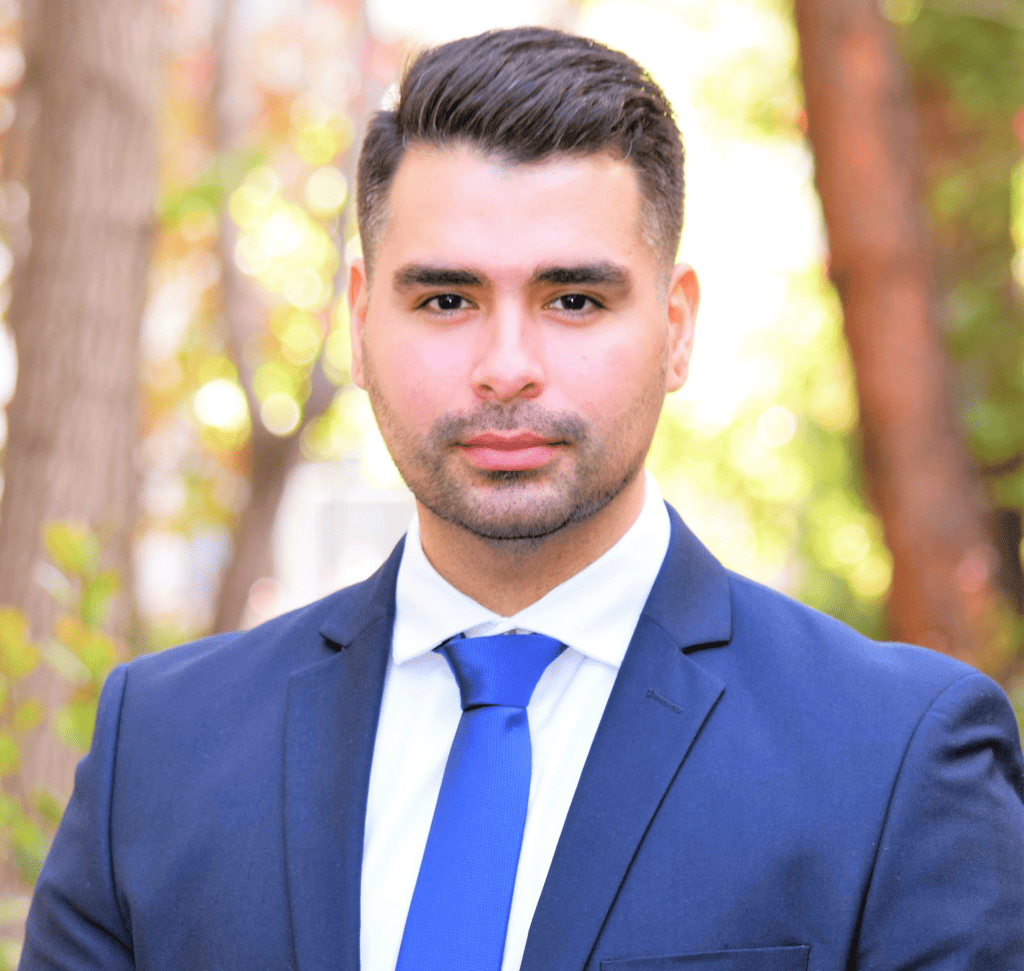Picturing Homeless Veterans
Before your read any further, check the image in your mind. You’re picturing a man, right? Not so fast.
Women now comprise 14 percent of our military personnel. Women veterans are younger and more ethnically diverse than their male counterparts. You might not know that they typically have lower incomes and higher rates of unemployment than male veterans. The U.S. Department of Labor Women’s Bureau reports that there were approximately 41,000 women in the Gulf War, and over 200,000 in Operation Enduring Freedom and Operation Iraqi Freedom (OEF/OIF).
From 2006 to 2010, the number of homeless women vets more than doubled.
As the ranks of women veterans rise, so do the ranks of homeless women veterans. You wouldn’t guess that women veterans are three to four times more likely to become homeless than male veterans. Why do we almost always think of homeless veterans being men? Perhaps because women vets are not quick to self-identify as vets. They rarely offer the information that they have served. Since many have children, they’re not as visible on the street. They live in their cars, or park their children with family and live alone in their cars. Many stay in unhealthy relationships because they at least provide shelter.
Several studies document female veterans cycling in and out of homelessness, suggesting that many suffer from general housing instability. Even when women veterans have higher employment rates, more education, and are married, their risk of homelessness is three to four times higher than non-veteran women.
The VA reports that 45 percent of homeless women veterans they assist served during the Gulf War or after. Post Traumatic Stress Disorder (PTSD) is a major predictor of homelessness. For men and women. But take a look at these statistics on OEF/OIF women:
- 87 percent of OEF/OIF women experienced combat exposure
- 67 percent were exposed to enemy fire
- 62 percent have participated in combat patrols
- 40 percent have been surrounded by the enemy
- 52 percent have witnessed fellow soldiers being killed, wounded
- 23 percent have fired at the enemy
- 69 percent were in danger of being wounded or killed.
(Source: Owens, G. P., Herrera, C. J., & Whitesell, A. A. (2009, June). A preliminary investigation of mental health needs and barriers to mental health care for female veterans of Iraq and Afghanistan. Traumatology, 15(2), 31-37.)
Despite women’s increased exposure to combat, Military Sexual Trauma (MST) causes as much, if not more, PTSD. The stress of MST is four times as influential as war stress. Hard to imagine, isn’t it? Here’s another piece for you: MST happens to men, too. Overall, MST is such a painful subject that it’s difficult to bring light to bear on it. It’s easy to understand why a woman vet who’d had such an experience wouldn’t want to identify as vet.
Veterans with PTSD, whether caused by MST or combat, frequently turn to self-medication. That explains the strong correlation of alcohol and drug abuse to experiencing rape while in service. Victims of MST don’t always get the support they need from the military. They can be hurried out of the service with punitive discharges after reporting MST. A discharge that’s less-than-honorable makes it difficult for them to find employment and housing as they transition.
Many OEF/OIF female vets suffer from some degree of alcohol abuse or dependence. Early release from the military (often due to MST), lack of support from the military and social services, a punitive discharge, chronic illness, and lack of VHA benefits are all pathways to homelessness. Surviving as a woman in the military can be its own type of trauma.
At the National Veterans Foundation we created a Women’s Outreach Program to seek women veterans before the downward spiral begins. We are working with local military bases to reach women who are transitioning out of the military to link them with the resources they need for a successful, healthy transition to civilian life. And we’re responding to crisis and information calls on our Lifeline for Vets hotline.
The next time you see a woman panhandling at an intersection, consider that she might have served to protect you and your way of life. Let’s bring them all home.
If you know a woman veteran who needs help, here’s our number 888.777.4443.
You can be a part of our mission to help Veterans by making a tax-deductible donation!
About the Author
SUBSCRIBE TO OUR BLOG AND NEWS!
By submitting this form, you are granting: NATIONAL VETERANS FOUNDATION INC permission to email you. You may unsubscribe via the link found at the bottom of every email. (See our Email Privacy Policy for details.)
Related Posts





